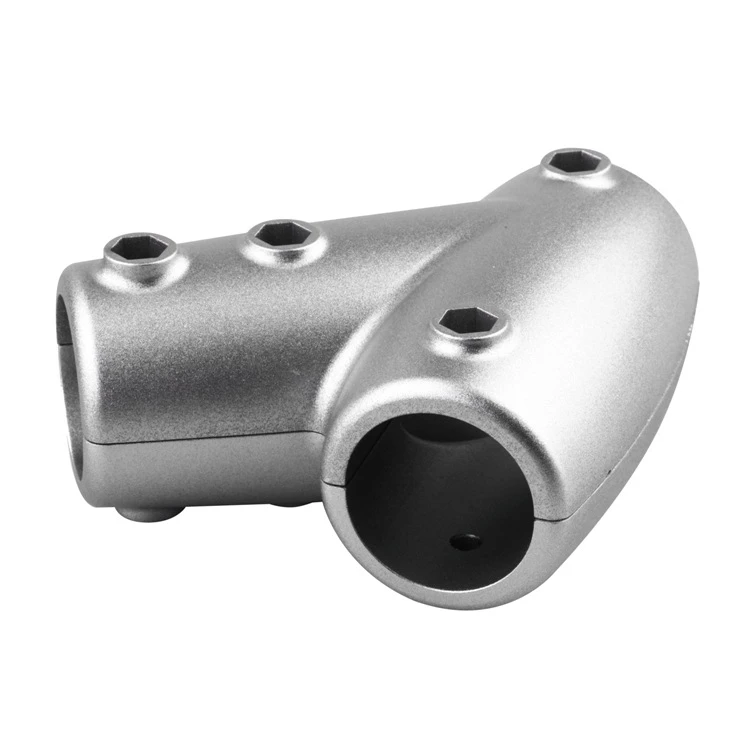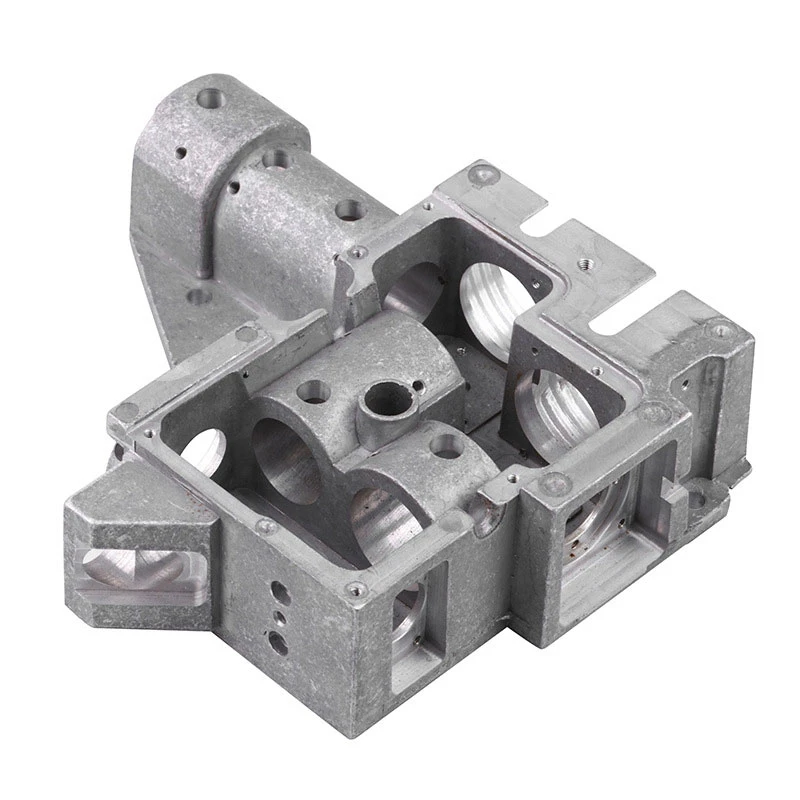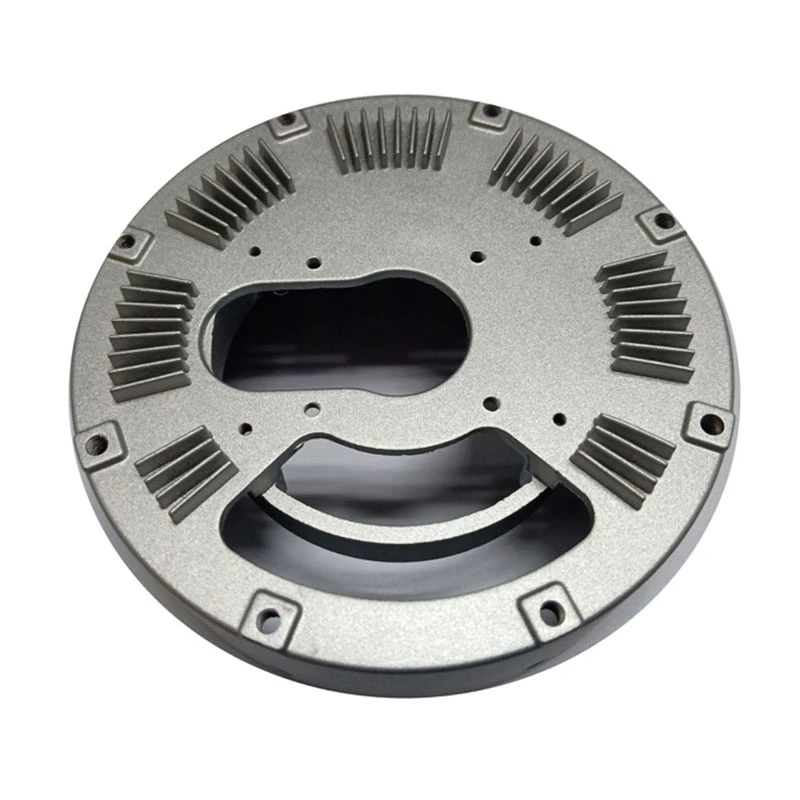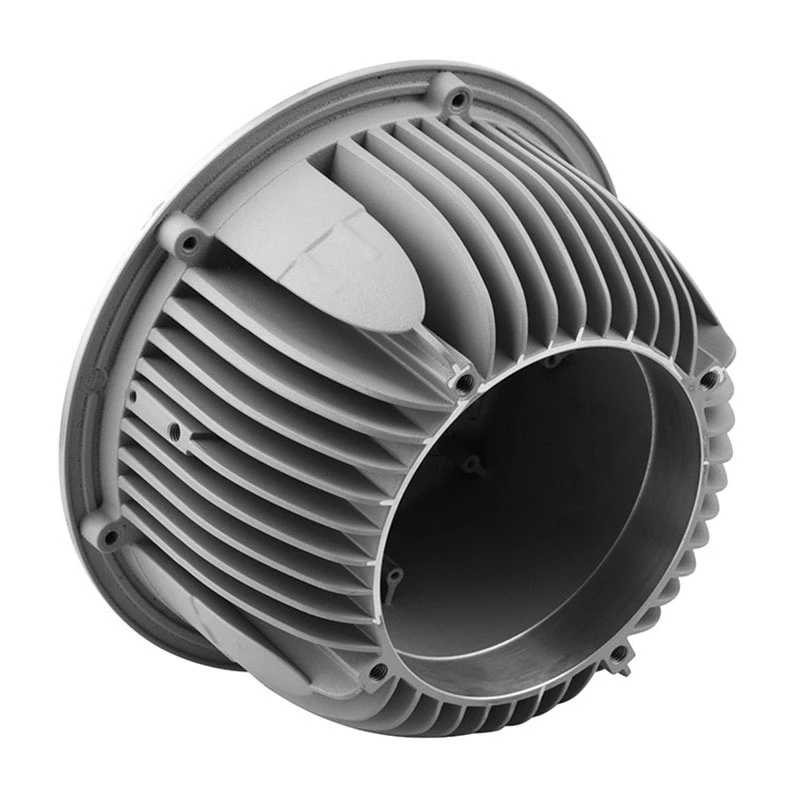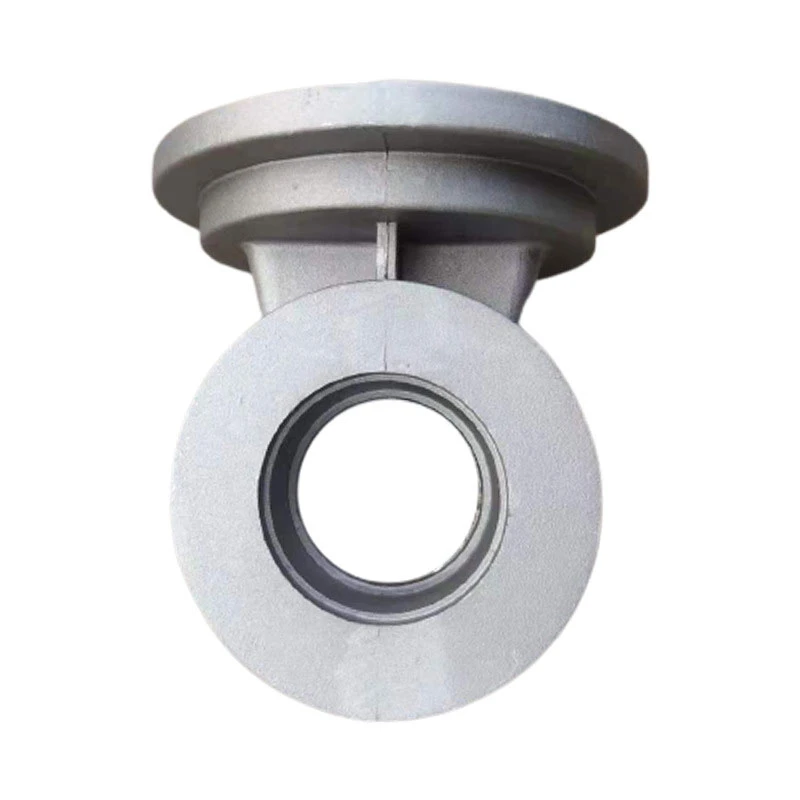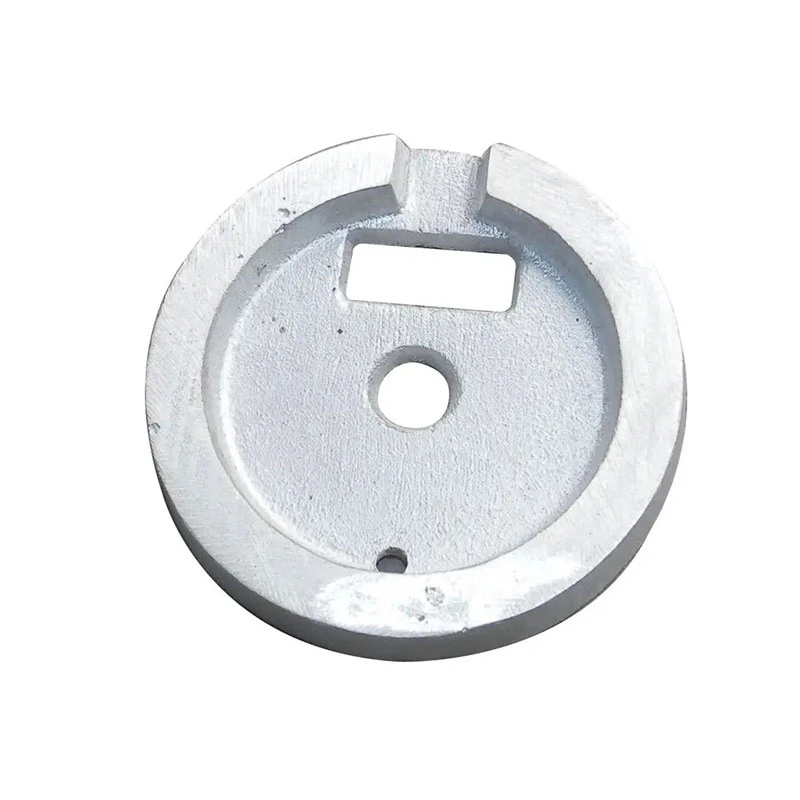Precision Aluminum Casting Parts Manufacturer High-Quality Investment & Die Casting Solutions
- Introduction to Precision Aluminum Casting Parts
- Technical Advantages and Innovations in Aluminum Investment Casting
- Comparative Analysis: Aluminum Die Casting vs. Investment Casting
- Tailored Solutions for Diverse Industrial Requirements
- Real-World Applications and Case Studies
- Supplier Competitiveness and Vendor Selection Criteria
- Conclusion: Enhancing Performance with Precision Aluminum Casting Parts

(precision aluminum casting parts)
Introduction to Precision Aluminum Casting Parts
In the manufacturing industry, precision aluminum casting parts
have become integral to achieving high performance, durability, and intricate geometries for modern products. As industries increasingly demand lightweight materials without compromising structural strength, the role of precision aluminum casting parts in automotive, aerospace, robotics, and electronics has soared. According to a 2023 market report, the global aluminum casting market is expected to reach $89.6 billion by 2028, growing at a CAGR of 7.2%. This growth is attributed to elevated adoption of advanced casting techniques, where accuracy, surface finish, and cost efficiency are heavily prioritized.
The push toward miniaturization, energy efficiency, and environmental sustainability has driven rapid developments in aluminum casting. Manufacturers now face the challenge of delivering high-quality components with minimal post-processing while maintaining dimensional consistency within tolerances as fine as ±0.01 mm. The transition from traditional casting to precision-focused methodologies enables both high-volume series production and customized, complex shapes vital for next-generation technologies.
Technical Advantages and Innovations in Aluminum Investment Casting
Aluminum investment casting, also known as the lost-wax process, offers unique benefits such as the ability to cast complex, thin-walled parts with excellent dimensional accuracy and superior surface finish. These strengths are vital when producing lightweight, high-strength components required in critical industries. Recent innovations in wax pattern production, ceramic mold materials, and rapid prototyping integration have strengthened the overall value proposition of investment casting.
For example, advancements in automated vacuum casting systems have improved casting repeatability and minimized porosity to below 0.2%. Enhanced alloy treatments such as T5, T6, and T7 heat processes now yield aluminum castings with improved tensile strength, ranging from 250 to 380 MPa, combined with high ductility and corrosion resistance. Additionally, process monitoring enabled by IoT sensors ensures each batch meets rigorous aerospace and automotive quality standards, as indicated by a 35% reduction in defect rates over the last five years.
Comparative Analysis: Aluminum Die Casting vs. Investment Casting
| Criteria | Precision Aluminum Die Casting | Precision Aluminum Investment Casting |
|---|---|---|
| Dimensional Tolerance | ±0.10 mm | ±0.05 mm (as-cast) |
| Minimum Wall Thickness | 1.5 mm | 0.8 mm |
| Surface Finish (Ra) | 1.6–6.3 μm | 1.2–3.2 μm |
| Production Volume | High/Very High | Low to Medium |
| Tooling Cost | High | Moderate |
| Material Utilization | 80–85% | 90–95% |
| Complexity of Shapes | Moderate | High |
| Mechanical Properties | Good (optimized for speed) | Superior (optimized for integrity) |
| Typical Applications | Automotive housings, electronic enclosures | Aerospace brackets, medical implants |
This table demonstrates that while aluminum die casting excels in large-scale production with good accuracy and cost-efficiency, aluminum investment casting leads in geometric complexity, material utilization, and performance-critical applications. The choice between these two methods should be guided by the specific tolerance, mechanical, and aesthetic demands of the end application.
Tailored Solutions for Diverse Industrial Requirements
Every industry requires a unique combination of strength, weight, heat tolerance, and corrosion resistance in their components. Customized precision aluminum casting parts enable manufacturers to optimize product lifespans and operational reliability. Customization begins at the design phase, incorporating simulation tools like finite element analysis (FEA) for stress mapping, optimizing alloy selection, and collaborating closely on part geometry to resolve any manufacturability challenges upfront.
For aerospace, parts must be lightweight with undetectable internal flaws, often demanding radiographic inspection and certification per AS9100 standards. In robotics, design flexibility and tight integration with sensors and actuators are crucial, often requiring tight tolerance pockets and complex thread paths. Automotive clients, on the other hand, may focus on high volume with exacting fit-and-finish requirements, frequently utilizing rapid prototyping to iterate on functional prototypes within a matter of weeks.
Service providers who offer not only casting but also post-cast machining, surface finishing, and assembly services deliver superior value by reducing lead times and managing tighter supply chain integration. Data from recent industry surveys indicate that integrated casting solutions can reduce total project costs by approximately 18% and accelerate time-to-market by nearly 25% compared to segmented supply chains.
Real-World Applications and Case Studies
To illustrate the transformative potential of precision aluminum casting parts, consider a leading electric vehicle manufacturer that recently transitioned drivetrain housing components from sand casting to investment casting. By doing so, wall thickness was reduced by 22%, component weight decreased by 17%, and heat dissipation performance improved by 14%, meeting stringent performance metrics while lowering overall assembly costs.
In aerospace, a commercial aircraft vendor implemented complex, topology-optimized aluminum brackets via investment casting. The redesign cut weight by 35%, contributing to substantial fuel savings over the lifecycle of the aircraft. Another instance in the medical device sector involved high-precision housings for imaging equipment, where die casting enabled cost-effective production of complex, EMC-shielded parts with aesthetic surface finishes.
The adaptability of aluminum casting methods extends further into consumer electronics, where miniature, intricate housings benefit from the advanced surface quality and dimensional consistency available through modern investment casting techniques. According to industry observations, this has led to a 30% lower rejection rate compared with legacy manufacturing processes.
Supplier Competitiveness and Vendor Selection Criteria
Selecting the right supplier for precision aluminum casting parts involves assessing both technological capability and operational excellence. Leading suppliers typically hold ISO 9001 or IATF 16949 certifications, utilize advanced simulation/design-for-manufacturability software, and maintain robust quality control systems throughout their process.
Vendor comparison should go beyond basic cost analysis and extend to cycle time, defect rates, and responsiveness to engineering changes. For complex projects, the availability of in-house design assistance, rapid prototyping, and supply chain management adds significant long-term value. Successful manufacturers distinguish themselves with high first-time pass yield rates (>98%), on-time delivery metrics exceeding 96%, and a proven record in serving regulated industries.
| Vendor | Certifications | Yield Rate (%) | Turnaround Time (days) | Support Services |
|---|---|---|---|---|
| Provider X | ISO 9001, AS9100 | 99.2 | 22 | Design, Machining, Assembly |
| Provider Y | IATF 16949 | 98.1 | 27 | Machining, Surface Finishing |
| Provider Z | ISO 9001 | 97.8 | 33 | Basic Casting Only |
These metrics, combined with transparent communication and flexible production capabilities, are essential for building sustained partnerships in critical supply chains.
Conclusion: Enhancing Performance with Precision Aluminum Casting Parts
The increasing reliance on precision aluminum casting parts reflects a shift toward advanced manufacturing that emphasizes efficiency, performance, and adaptability. As pioneering casting techniques continue to evolve—combining digital design, high-precision manufacturing, and end-to-end service integration—businesses gain a decisive edge in producing lightweight, robust, and reliable components. When paired with strategic supplier selection and cutting-edge innovation, the benefits of adopting precision aluminum investment casting or die casting are substantial, enabling industries worldwide to meet ever more ambitious product goals and market timelines.
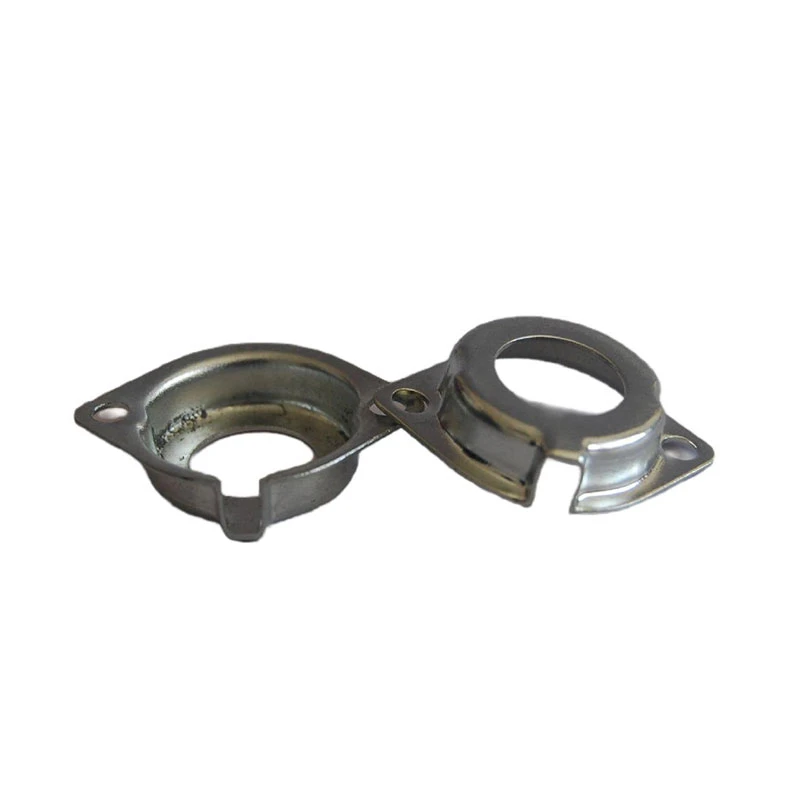
(precision aluminum casting parts)
FAQS on precision aluminum casting parts
Q: What are precision aluminum casting parts?
A: Precision aluminum casting parts are components manufactured by pouring molten aluminum into molds designed for high accuracy. They offer tight tolerances and complex shapes. These parts are widely used in aerospace, automotive, and electronics industries.Q: How does precision aluminum investment casting differ from die casting?
A: Precision aluminum investment casting uses wax patterns for greater shape complexity and detail. Die casting utilizes high-pressure molds for faster production and excellent surface finish. Investment casting is ideal for intricate, lower-volume parts, while die casting suits high-volume production.Q: What are the main advantages of precision aluminum die casting?
A: Precision aluminum die casting enables mass production of high-strength, lightweight parts with consistent quality. It provides excellent dimensional accuracy and surface finishing. The process is cost-effective for large production runs.Q: Which industries commonly use precision aluminum casting parts?
A: Industries such as automotive, aerospace, electronics, and medical equipment frequently use precision aluminum casting parts. Their strength-to-weight ratio and design flexibility are key benefits. These parts meet demanding engineering specifications.Q: Can custom designs be produced using precision aluminum investment casting?
A: Yes, precision aluminum investment casting supports custom and complex geometries with fine features. Manufacturers can closely match customer specifications. This process is ideal for producing customized or prototype aluminum parts.-
Investment Precision Casting Share Price & Cost Guide - Competitive Sand & Aluminium Die Casting PricesNewsJul.05,2025
-
Technocrats Die Casting Solutions – Precision Hot & Cold Chamber Die Casting ExpertsNewsJun.24,2025
-
Precision Glass Machining Solutions Sand Casting Glass & Abrasive Water Jet Machining ExpertsNewsJun.24,2025
-
Top Extras Casting Solutions Die Casting and Sand Casting Experts High-Quality Casting and Die Casting ServicesNewsJun.10,2025
-
Top SS Casting Manufacturer Aluminum Die Casting Manufacturer China Precision Die Casting Company SupplierNewsJun.10,2025








